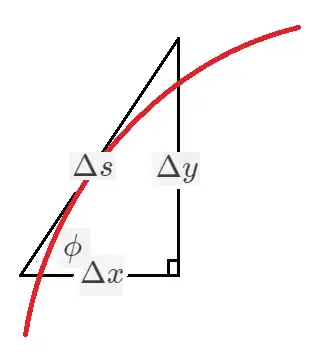So I just came across a physics derivation where the treat the $dv$ and $dx$ operators like fractions while I have always heard it's a mistake. But so far what I came up with:
$$\begin{align*} \frac{dv}{dt}\times dx &= \lim_{h\to0} \frac{v(t+h)-v(t)}h \times (x(t+h)-x(t)) \\ &= \lim_{h\to0} \frac{x(t+h)-x(t)}h \times (v(t+h)-v(t)) \\ &= \frac{dx}{dt}\times dv \end{align*}$$
Is my reasoning correct? If not please explain what is the correct way to think about this.
